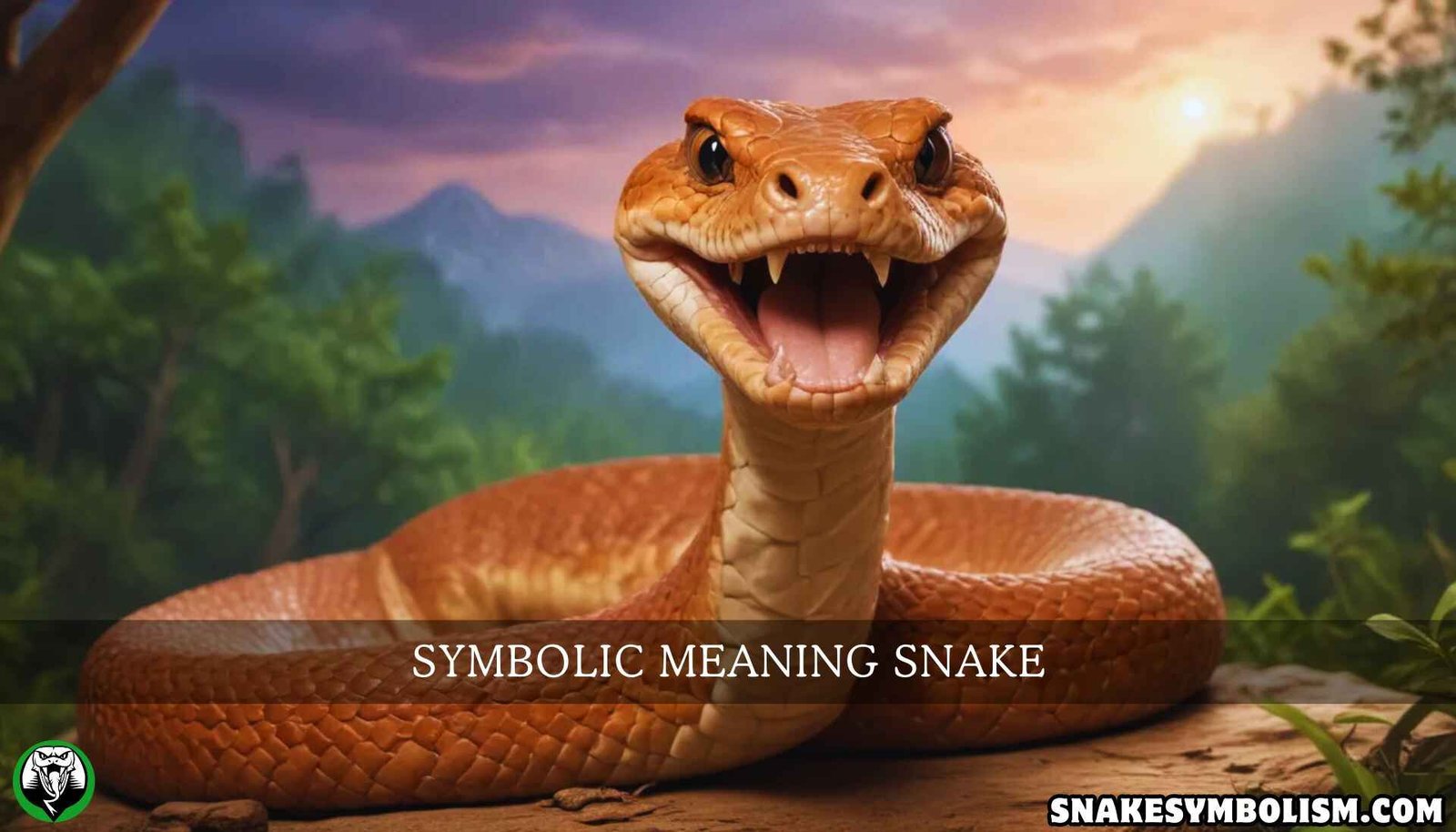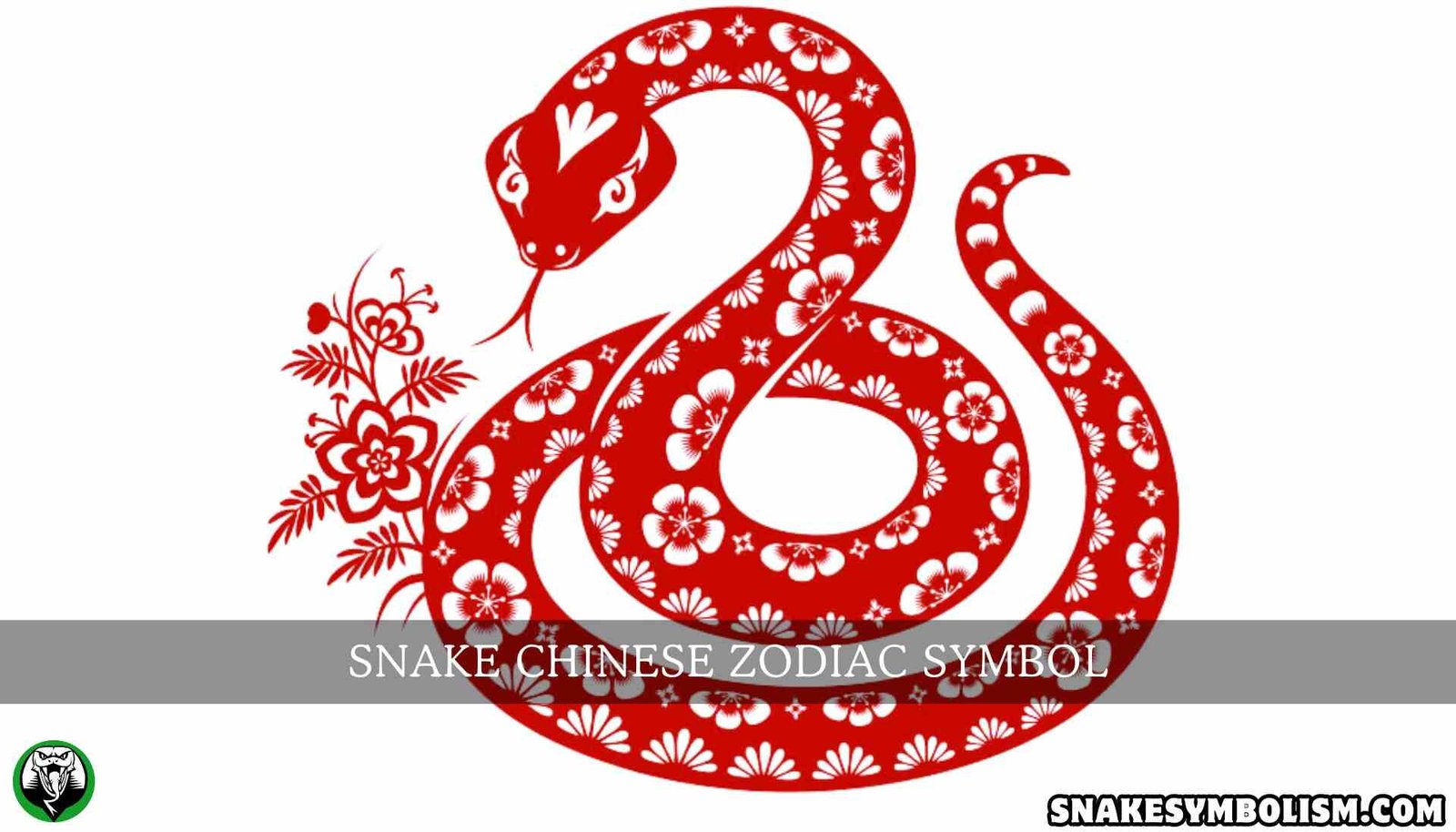Introduction
The picture of a snake winding around a staff has been one of the symbols of the medical profession for the past many centuries. For the majority, this sign at once evokes imperatives of health care, medicine, and salvation. But why a snake? And a question that begs to be answered how could an old symbol adapted into something so commonly used in this present day Era? The history of the medical symbol with the snake and the staff is quite interesting. Its uses – Caduceus or Rod of Asclepius – the stresses importance of medicine and are surrounded by mythology, culture, and science.
Rod of Asclepius: The Story of Creation and Mythology
The most common symbol of the medicine associated with a snake is the rod of Asclepius which aims at the rescuing of the sick. Sometimes it is displayed as a pole and a set of coiled snakes and one snake called Rod. In ancient Greek myths, this was one of the attributes of the Asclepius, the God of healing.
There was a myth that the Greek god Asclepius was the son of the Oracle god Apollo and a woman called Coronis. As to Asclepius, he had potent abilities in medicine, which he learned from the famous wise centaur Chiron, who knew about healing, medicine, and herbs. Asclepius grew to be such a gifted physician that it was said that he had the power to resurrect the dead, which out of concern about other dead laws of nature prompted the god Zeus to object. Being in the foresight of the danger of letting men be immortal and untouchable, Zeus rained down on Asclepius a thunderbolt ending his life.
Despite it all, Asclepius would always exist because of the individuals who dwelled in the temples of Asclepius and sought to heal in his name. These temples were called Asklepion became the most prominent centers of cures, in which the sick and injured would go to recover. A pole with snakes bled around it, The Rod of Asclepius, fairly quickly became one of the attributes of medicine and health institutions.
The Symbol of a Snake
The snake is prominent in most cultures as it highlights a particular theme; often associated with both life and healing or danger and death. Its inclusion in the Rod of Asclepius does not come as a coincidence but rather it is an illustration of these deeper symbolisms.
- Rebirth and Restoration: Snakes have a habit of shedding off their skin, which is a clear-cut renewal, transformation, and healing. This process of shedding is matched with the idea of rejuvenation and recovery which is why it is an appropriate symbol in medicine, which is all about bringing health to the diseased body.
- Duality: the snake can also symbolically portray a dual healing nature as well as destruction. In most ancient civilizations, snake venom was considered both therapeutic and toxic. Some venoms in low quantities were used to alleviate some diseases while in high quantities, the substances were lethal. This duality is explicative to medicine itself; where when a medicine is taken properly, it has healing powers but improper use may lead to harm.
- Guardianship: Snakes were held in great reverence and were found frequently in the Asclepion temples, or any other area associated with healing. The temples were not only adorned with pictures of snakes, but real snakes also occupied them. These temples were adorned by beneficent snakes that were encouraged to settle in these temples for they were thought to contain the helpful and healing essence of Asclepius.
The Caduceus: A Common Misrepresentation
One of the commonly misused symbols of the Asclepius stick is Caduceus with its two snakes encircling a winged staff. Although the Rod of Asclepius is the actual representation of the practice of medicine, the Caduceus is instead, especially in the USA, used as a representation of healthcare institutions, which is not the intended purpose. This reptile confusion has existed for more than a century and a half.
The Caduceus is, in fact, the staff of Hermes, the deity of trade, coordination, and movement, who also carried messages between gods. While he was perhaps best known as a thief and swift messenger who escorted the dead into the afterworld, fantasies surrounding him held nothing related to the healing arts. In this case, the Caduceus should be properly understood as something connected with trade and negotiations rather than with health and care. Its common application in medicine has, most probably, risen from an error or preference for the elegant, double-snake Caduceus compared to the single snake denoting the rod of Aesculapius.
However misplaced, the Caduceus still finds itself adorned in the waistlines of a few medical organizations, most notably, military ones. It suggests how symbolic language can be very nourishing but also volatile in its interpretation from period to period and frame of reference.
Read Previous – Rattlesnake Symbolism
History and Important Typological Features of the Medical Snake Symbol
The concept of a snake enfolding as staff does not only appear in ancient Greek civilization. So crafts have appeared in history in various empires, which shows how widely and how important this design is.
- Early Egypt: In Egyptian mythology, the snake was associated with the goddess Wadjet who is depicted as a cobra. Wadjet was mainly a protector, most especially the pharaohs and their health. The snake was also linked to another goddess Serqet whose charge was healing whether from venomous creatures or stings. This ancient culture of a snake’s healing ability is older than the Greek belief in Asclepius and may have impacted it.
- Hinduism: In Hindu mythology, snakes or Nagas are effulgent beings often depicted as guardians of lakes and springs as well as treasure. They are celebrated as reproductive water and regenerative elements and are fully connected with creation as well as destruction, life and death, and in the medical sense, the sameness of a snake’s nature.
- Ancient Mesopotamia: The snake in the ancient Mesopotamian civilization was also associated with religion. Ningizzida was represented in the form of a serpent or two snakes wrapped around a staff which stood for reproduction and medicine. This is ‘surprisingly’ reminiscent of the Caduceus which came in several centuries later. Picture gold brought knowledge of how far the Moors had developed as a civilization during ancient times.
The Modern Use of the Snake Symbol in Medicine
Currently, the Rod of Asclepius is the most acknowledged emblem of medicine and health care provisions. It is employed by medical bodies like the WHO and AMA in projects concerning the promotion and safeguarding of health.
Of note is the fact that there are paradoxical discussions within the medical professional society in the case of the former sometimes Caduceus and later as Clave Rod of Asclepius, especially in the Lands of America. The practice of associating the Caduceus with medicine has been reported as increasing even though the practice is illogical as the Rod of Asclepius is graciously recognized as the correct representation of medicine. however, the Caduceus is relatively young in this Institution, particularly the United States Army Medical Corps which also has had associations with commercial and trade associations.
Medical practitioners and historians tend to correct the wrong use of the Rod of Asclepius to that which is known to the advocates of correct use of the pleading. Note that, during such requests, none of them stated that their symbol should travel away from the historical-cultural context where it was located instead of getting the cultural connotation that it deserves. Asclepius has been lost.
FAQs:
Q: What does the snake represent in the field of medicine?
A: The snake represents, in the field of medicine and even within the particular symbol of the Rod of Asclepius, not only obvious such as cure or transformation but even something as optimistic as regeneration.
Q: The distinction between Rod of Asclepius and Caduceus is obvious. Why do you think that?
A: The Rod of Asclepius comprises a single serpent and being the staff of authority in medicine is true to its emblem. The Caduceus, which has two serpents and rises to wings, belongs to Hermes and symbolizes commerce and diplomacy rather than health institutions.
Q: What is the role of the snake in Greek Myth concerning medicine?
A: Snake in vision had been associated with the Greek god of medicine Asclepius who used it as a symbol of cleansing and restoration. As it is well known and scientifically proved, the snake sheds its skin which is the same outcome of a successful medical procedure.
Q: Why do certain medical bodies go for Caduceus rather than the more classical Rod of Asclepius?
A: The Caduceus is associated with medicine, particularly in the United States, through the confusion and pure liking of the symbol itself.
Conclusion: The Snake’s Effectiveness In Medicine
The societal relevance of the snake as a symbol in medicine endorses the power of ancient myths, cultures, and symbols which never seem to fade away. As Asclepius’ Snake represents the medical professions, it illustrates how cyclic nature involves life and death while exposing the ambivalence in medicine – its drug action which can cure a patient while its misapplication can endanger that individual. This budding relationship between a snake and the field of medicine needs not to be merely regarded as a creation of ancient Greece. It is iconic to mankind’s craving for the big ‘Why’ as to the creation, evolution, and perpetuation of life and ways of curing illness.
Currently, as fearful as this description sounds, a snake is still present in today’s medicine, be it as a part of a hospital crest or a prescription. It once again reiterates the fact that those who are profane and have been in the healing practice for centuries or ages ought to use their heads and hands to serve a purpose other than just graphing or scribbling some documents; just as Asclepius himself generations back. Yes, the symbols are Granting’s decorations dated long ago. However, these symbols extend so well beyond time and space. They depict the struggle, harmony, and rejuvenation that come about as a component of illness and overcoming it.
Stay connected and updated with – SnakeSymbolism!






